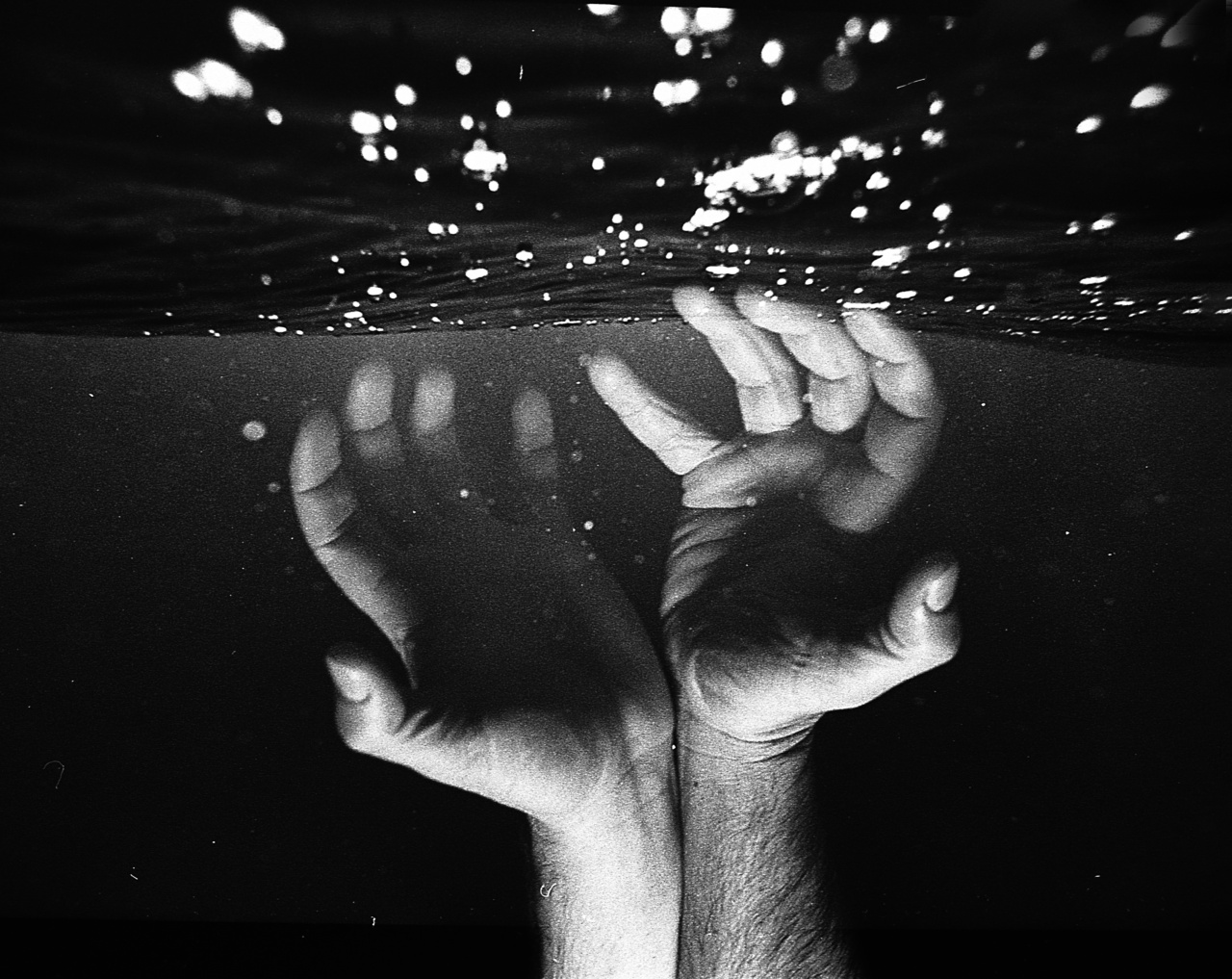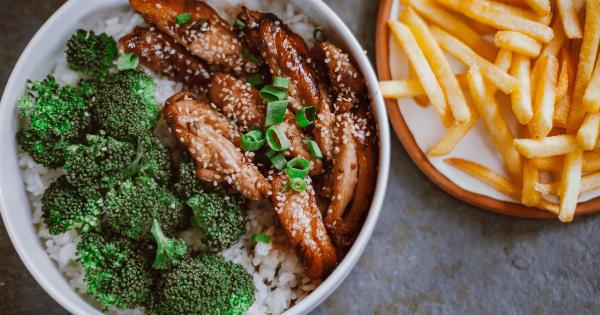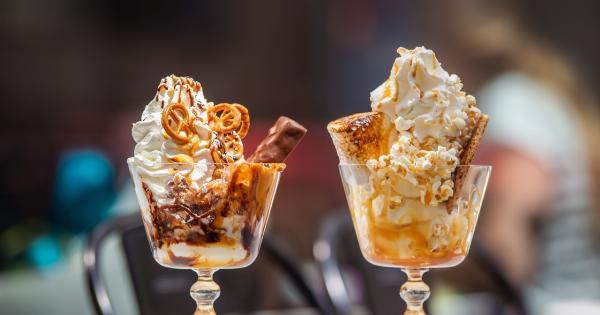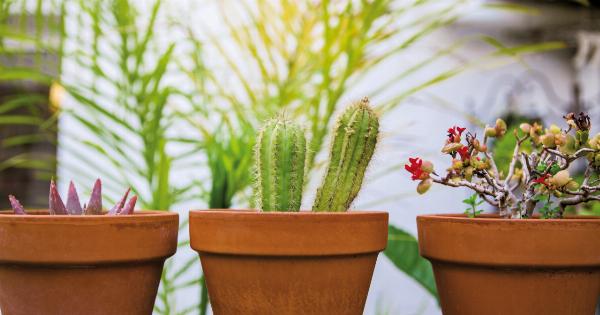Most people know that drowning is a serious and potentially deadly risk associated with swimming and other aquatic activities.
But did you know that certain types of foods and drinks can also increase your risk of drowning? Here are some foods to be careful around when you’re near water:.
Alcohol
Alcohol is a leading factor in many drowning deaths. Drinking alcohol can impair your judgement, slow your reaction time, and make it harder to swim and stay afloat.
Combining alcohol with swimming, boating, or other water activities is a dangerous combination, and should be avoided.
Sugary Drinks
Sodas, energy drinks, and other sugary beverages can dehydrate you and make it harder to float in water. They can also cause a sudden spike in blood sugar levels, which can lead to confusion, weakness, and loss of consciousness in some people.
Stick to water or other hydrating beverages when you’re around water.
Heavy Meals
Eating a heavy meal before swimming or other water activities can lead to cramping and digestive discomfort, which can increase your risk of drowning. It’s best to wait at least an hour after eating before entering the water.
If you’re going to be swimming or participating in other strenuous activities, eat a light, easily digestible meal beforehand, such as fruit or a small salad.
Hot Dogs
Hot dogs are a summertime staple, but they can be a choking hazard, especially for children under the age of 5. Hot dogs and other foods that are round and/or smooth can get stuck in a child’s throat and cause them to choke.
Always cut hot dogs (and other choking hazards, such as grapes) into small, bite-sized pieces.
Algae-Infested Foods
Algae can produce toxins that cause illness and even death in humans and animals. Algae can grow on or near certain types of seafood, such as clams or mussels, and can make people sick if they consume them.
Always buy seafood from reputable sources, and if you notice any strange or foul smells when cooking or eating seafood, don’t eat it.
Caffeine
Caffeine can dehydrate you and make it harder to stay afloat in water. It can also cause palpitations or irregular heartbeats in some people, which can be dangerous in water.
Avoid drinks with high levels of caffeine, such as coffee, tea, and some energy drinks, if you’re going to be participating in water activities.
Heavy Foods
Similarly to heavy meals, eating heavy foods before swimming or other water activities can lead to cramping and digestive discomfort. Avoid foods that are high in fat, salt, or sugar, as well as large portions of dairy or red meat.
Stick to light, easily digestible foods, such as fruits, vegetables, and lean proteins (like chicken or fish).
Popcorn
Popcorn is another food that can be a choking hazard, especially for young children. The hulls of popcorn kernels can get stuck in the throat and cause choking. It’s best to avoid popcorn altogether near water where choking could lead to drowning.
Spicy Foods
Eating spicy foods can cause heartburn and indigestion, which can increase your risk of drowning. Spicy foods can also increase your body temperature and make you feel more uncomfortable in hot weather.
Stick to mild, easily digestible foods when swimming or participating in other water activities.
Ice Cream
While ice cream may be a delicious treat on a hot day, it can cause brain freeze, which can be dangerous when in water. Brain freeze is a sudden headache that occurs when you eat something very cold, such as ice cream or frozen drinks.
This sudden pain can cause disorientation and confusion, which can be dangerous in a pool or other body of water. If you must eat ice cream near water, do so slowly and in small amounts to avoid brain freeze.
Conclusion
It’s important to be mindful of what you eat and drink when you’re around water, as certain foods and drinks can increase your risk of drowning.
Avoid alcohol, sugary drinks, heavy meals, hot dogs, algae-infested seafood, caffeine, heavy foods, popcorn, spicy foods, and excessive amounts of ice cream when you’re around water. Instead, opt for hydrating drinks, light, easily digestible foods, and foods that are cut into small, bite-sized pieces. By being mindful of what you eat and drink, you can help keep yourself and those around you safe when enjoying water activities.































